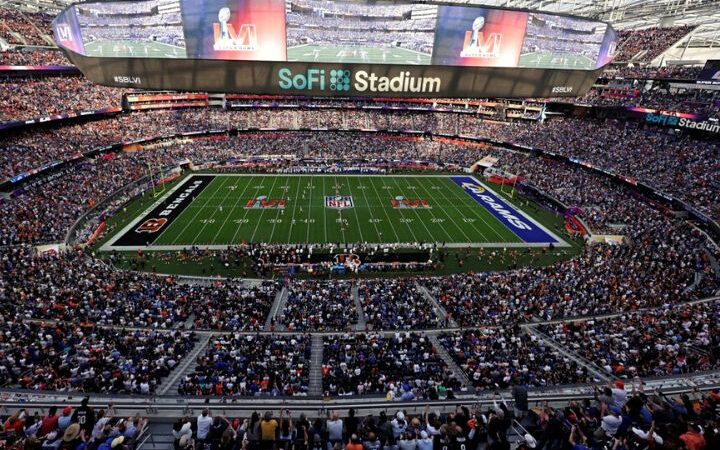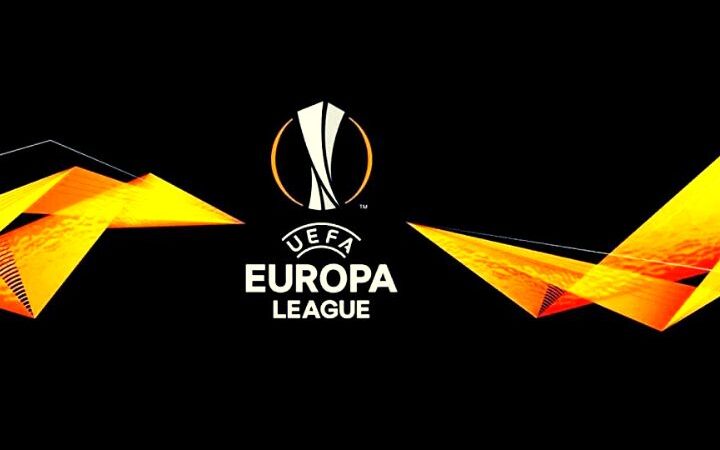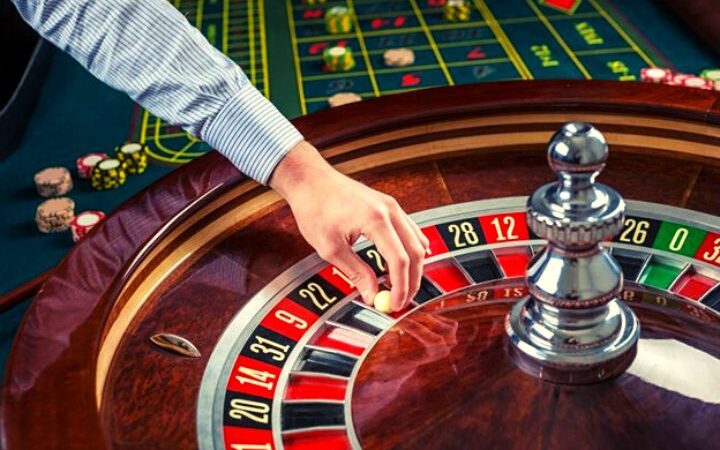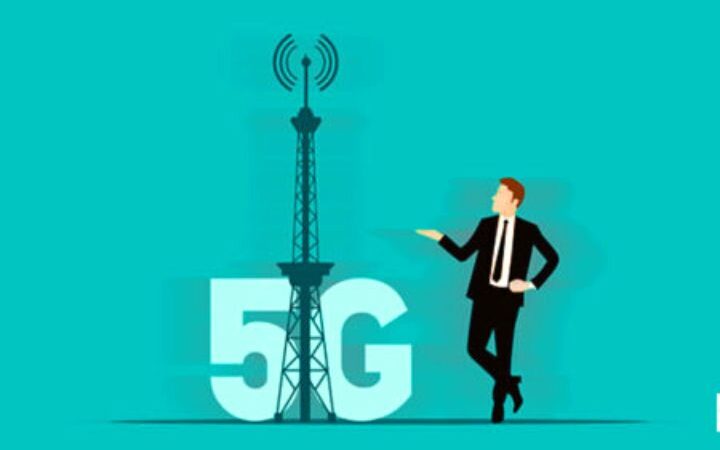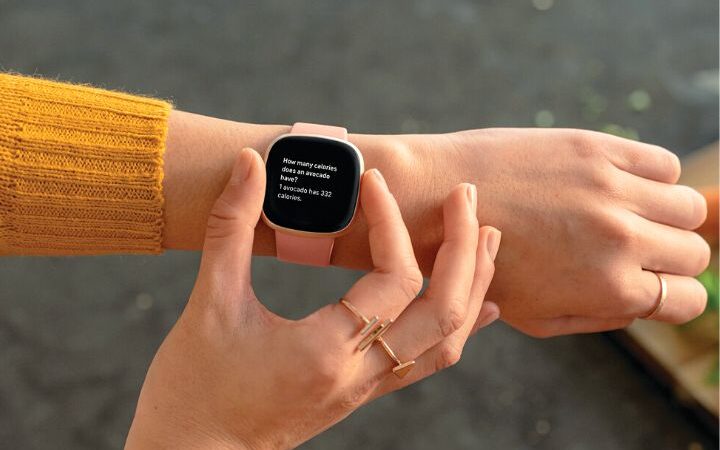8 Materials To Soundproof A Floor Or A Room And How To Do It

The absence of noise is part of the comfort of a home. We all want to get home and enjoy the tranquility of silence. However, the noises from outside sometimes do not allow it. What can we do to soundproof a room? These are some tricks and materials to put an end to noise disturbances in a home once and for all.
Table of Contents
Difference Between Soundproofing And Noise Absorption
Before entering the matter, it seems important to us to clarify these two concepts. Soundproofing and noise absorption. In this way, you can later understand the different methods to reduce or end once and for all with the acoustic problems of a house.
Soundproofing: consists of the use of different types of materials to prevent noise from entering from the outside and into the home. This work involves a double direction. First, prevent the noise that occurs inside the house from going outside, which reduces noise pollution. And second, ensure that the noise from the outside penetrates inside the apartment.
Noise absorption: It is about reducing the noise that occurs within a space. This is what is usually done inside auditoriums, theaters and conference rooms. Therefore, acoustic insulation is related to the ability of a material to reduce the transmission of sound through it. And is that all materials have a greater or lesser capacity to absorb portions of energy (sound waves) thus reducing the sound that is reflected by the chosen material.
At this point, you may be wondering what the acoustic absorption of a material depends on. Well, the truth is that the amount of energy that is absorbed by a material is directly proportional to:
- Shape, thickness, thickness and type of material.
- Sound frequency present.
- Angle of incidence of sound on the insulating material.
Types Of Acoustic Insulation
When considering soundproofing a room we must take into account the different types of materials that exist for this purpose. Here is a list of the best acoustic insulators on the market:
- Polyurethane foam – This is a sugar and petroleum compound with sound and heat insulation properties. Its high density makes it perfect for covering ceilings and partitions. In the rehabilitation or renovation of homes, this material is often used as a filler for the existing chambers on the building’s façade. Its only drawback is that it is highly flammable, so in the event of a fire, it would become a conductor of fire.
- Rock wool or fiberglass: mineral wool is not flammable, so it is widely used for sound insulation in homes. They also do not produce toxic fumes or gases. Its excellent conditions allow it to absorb the loudest sounds, such as airborne noise. Of course, for its placement, it is necessary to adequately protect the eyes, nose and skin.
- Cork: this is an ecological material that is composed of small cells capable of absorbing noise. Cork has the advantage that it can be presented with the naked eye or covered with another class of materials. Also, it is a lightweight material that does not add weight to walls, ceilings or rooms.
- Geotextile: highly resistant and durable recyclable product. It works both as an acoustic and thermal insulator. Its installation is somewhat more versatile than that of mineral wool, since it can be placed in an adhesive, screwed or nailed way.
- Asphalt sheets or sheets: this is a very flexible material with the ability to damp and absorb loud noises. Asphalt sheets are used especially for waterproofing terraces, roofs and roofs. Its installation is relatively simple. The plates are placed overlapping each other and always in the same direction. Finally the sheet is welded using a torch.
- Polyester fibers: especially suitable for low frequency acoustic insulation. Its high porosity guarantees its great ability to neutralize noise. Its use is quite frequent on internal walls. Its presentation is usually in panels with specific dimensions.
- Melamine foams – This is a flexible and lightweight material. If finished in wedges or micro holes, it is designed to be seen. Melamine foam not only reduces noise, but also improves the sound quality of the room or room.
- Massive materials – multilayer: if we have to highlight one above all, then we will choose lead. This material is used as sound insulation in the form of sheets of different thicknesses. Another example of a multilayer material is the sheets of textile fibers combined with bituminous material.
How To Choose A Good Acoustic Insulator
To make the right choice of sound insulation you have to first determine the intensity and frequency of the noise you are dealing with, as well as its origin. To do this, you must first know what is considered noise. Any sound that exceeds the 75dB barrier is already harmful to health. This threshold can be exceeded by a street full of traffic, a television with a high volume, a construction site, etc.
On the other hand, it is necessary to analyze what are the characteristics of this sound. That is, if the noise is punctual it is not so annoying, but if the sound has a usual frequency and continuity it can become maddening. Similarly, if the noise is frequent, but discontinuous.
The next thing you have to consider is whether you need sound insulation or noise absorption. Previously, we have already mentioned the differences between the two concepts. Finally, we will determine if the insulation has to be carried out on the inside or outside of the house. If we need this to be inside, we must choose materials with absorbent properties, such as low density, sponginess and penetrability. On the contrary, if it is an acoustic insulation on the outside of the house, we can take advantage of it to carry out an acoustic-thermal reform. To do this, we will choose materials that fulfill this double function. In other words, isolate from noise without loss of energy through the walls.
Steps to follow before soundproofing a floor or room
Before getting down to work, you must take into account a series of considerations to reduce costs and time. To achieve good insulation inside your home you need to follow a process in which:
- Determine the source of the noise (neighbors, excess traffic, airborne noise, etc.). In this way, you can focus on those areas of the house that need more soundproofing.
- Know the types of materials to soundproof a floor to choose the one that best suits your needs. Thanks to the previous section, you already have a little more information about it.
- Choose between the different measurements and thicknesses of the chosen material.
- Analyze the different leakage points inside the house (windows, doors, roof…)
- Trust specialized professionals like us to carry out this kind of work. Only then will the results be guaranteed.
Other Tips For Soundproofing A Room
We are going to put ourselves in a situation with two cases of acoustic insulation. The first of them will be to soundproof the external noise of a home. These are the steps to follow:
- Window insulation: This can be done by replacing old windows with new ones with insulating properties. The acoustic insulation of a window depends directly on the shape of its opening, the type of material or glass, the thickness of the air chamber between the panes, as well as its manufacturing method (double glazing).
- Walls: the installation of acoustic panels is effective in absorbing and reducing echoes from outside. This material is affordable and easy to install. The acoustic material is placed behind the wall. The thicker it is, the better the result.
We now turn to the case of acoustic insulation from inside a house. If you notice that there is an echo in the rooms or that you can hear the conversations through the walls, then you need a change. To do this, take note of the following recommendations:
- Interior walls. the separation of rooms is often not done with the right materials. This results in thin walls unable to block the passage of sound. To do this, you can change these walls or add elements such as curtains, carpets or panels that manage to trap the noises.
- Doors: just as windows play an important role as acoustic insulators from exterior sound, doors do so with interior noise.
- Soundproofing of ceilings and floors: this is an important work that requires time and patience. However, if your quality of life is going to improve considerably, it is worth rolling the blanket over your head.
Trust the professional services of companies like TechSplashers to soundproof a floor and put an end to those annoying noises once and for all. Improve the comfort of your home and start living a new life away from the madding crowd.



